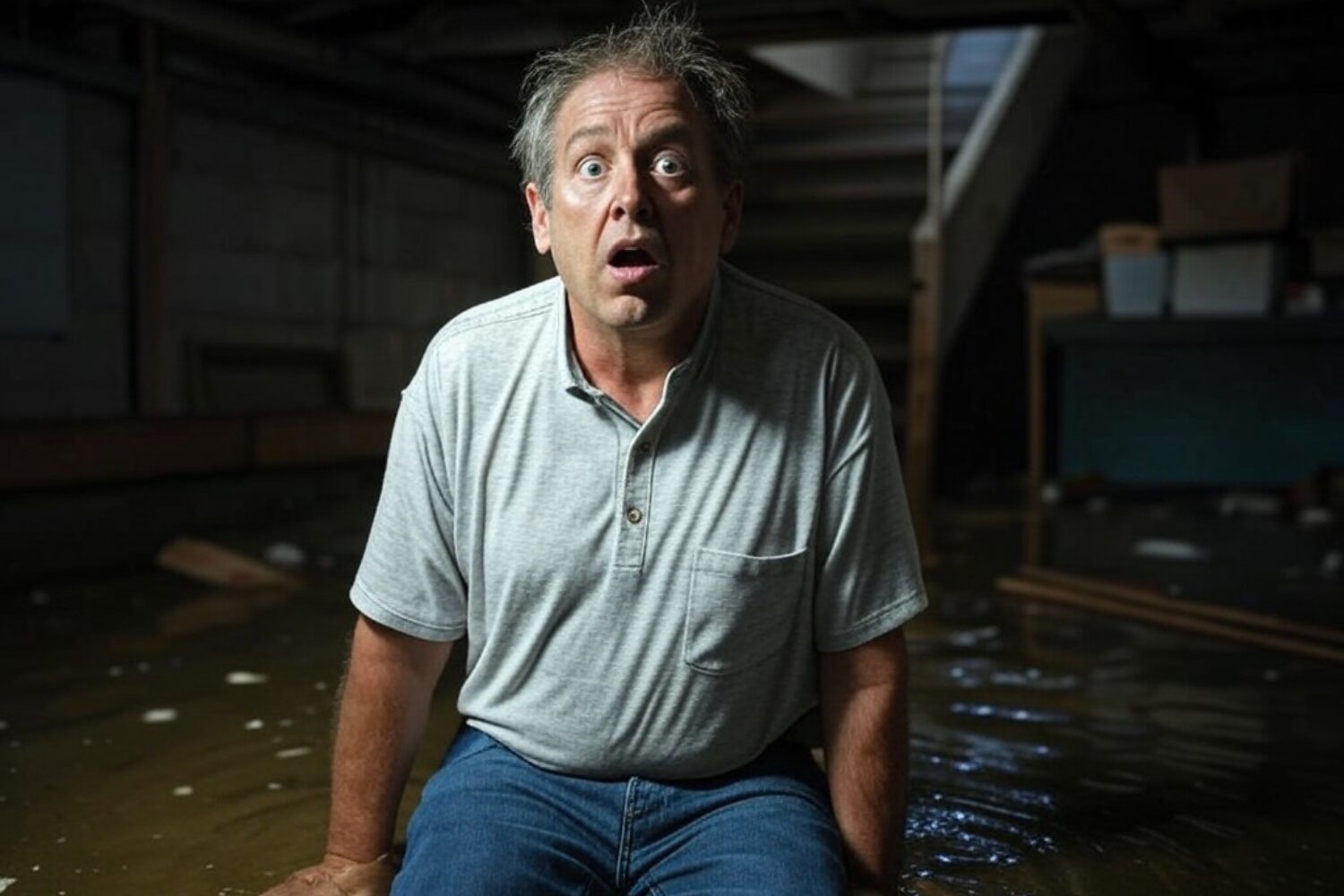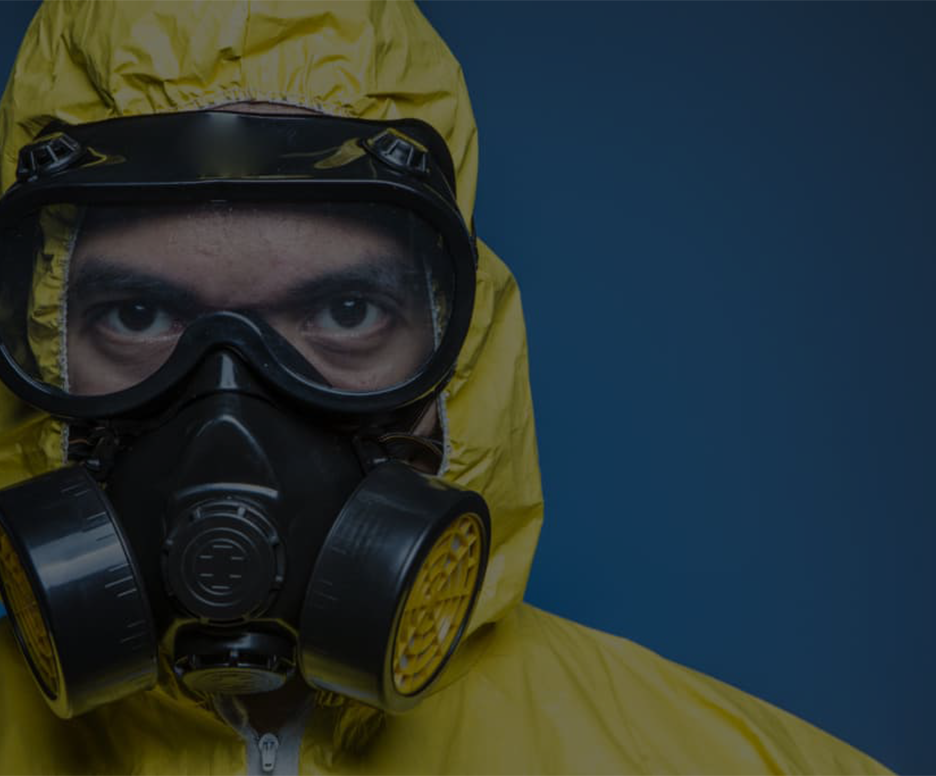
Sewer Water Removal And Restoration: A Complete Guide
By: 911 Water Damage Experts
Sewer water removal and restoration is a critical process for homeowners and businesses dealing with sewage backups, flooding, or water contamination. Sewage water, often classified as black water, contains harmful bacteria, viruses, and toxins that pose serious health risks.
According to the Insurance Bureau of Canada, water damage accounts for nearly 50% of all property insurance claims, with sewer backups being a significant contributor. Whether caused by heavy rainfall, clogged pipes, or infrastructure issues, immediate action is necessary to prevent extensive damage and costly repairs.
This guide explains the dangers of sewer water, steps for effective removal, the restoration process, and how to prevent future incidents.
Let’s get right into it!
Understanding Sewer Water Damage
Sewage water damage is categorized into three types based on contamination levels:
- Clean Water (Category 1) – Comes from clean sources like broken pipes or overflowing sinks.
- Grey Water (Category 2) – Contains some contaminants, such as from washing machines, dishwashers, or showers.
- Black Water (Category 3) – Highly contaminated water from sewers, toilets, or floods, posing serious health hazards.
Sewage backups are commonly caused by:
- Blocked Or Broken Pipes – Flushing non-degradable items like wipes and grease buildup can lead to clogged pipes.
- Heavy Rainfall And Flooding – Excess rainwater can overload municipal sewer systems, leading to backups in homes.
- Tree Root Intrusions – Roots can grow into underground pipes, causing blockages and sewage overflows.
- Aging Infrastructure – Older pipes may crack or collapse, increasing the risk of backups.
Immediate Steps To Take After A Sewer Backup
When faced with a sewer backup, taking immediate action can minimize damage and health risks.
- Avoid Contact With Contaminated Water – Sewage water contains bacteria like E. coli and Salmonella, which can cause severe infections.
- Shut Off Electricity And Gas – If water levels are rising, turn off power to prevent electrical hazards.
- Stop Water Flow – If the backup is due to a plumbing issue, shutting off the main water valve can prevent further overflow.
- Ventilate The Area – Open windows and doors to reduce foul odours and the risk of airborne contaminants.
- Call A Professional Restoration Service – Experts have the proper tools and protective gear to safely remove sewage water and restore your property.
Professional Sewer Water Removal Process
Assessment And Inspection
Professionals assess the severity of contamination, structural damage, and water penetration using moisture meters and thermal imaging.
Water Extraction And Removal
Using industrial pumps and vacuums, technicians remove standing water quickly to prevent further absorption into flooring and walls.
Cleaning And Sanitization
- Disinfecting Surfaces – Powerful antimicrobial treatments eliminate bacteria, viruses, and fungi.
- Odour Control – Deodorizers neutralize persistent sewage smells.
Drying And Dehumidification
High-powered air movers and dehumidifiers dry out affected areas, reducing the risk of mould growth, which can start forming within 24 to 48 hours.
Restoration And Repairs
- Replacing Damaged Materials – Contaminated carpets, drywall, and insulation are replaced to ensure safety.
- Painting And Refinishing – Walls, flooring, and other affected areas are repaired and restored to pre-damage condition.
Health Risks Of Sewer Water Exposure
Sewage water is classified as a biohazard, containing bacteria, viruses, parasites, and toxic substances.
- Bacterial Infections – Exposure to E. coli, Salmonella, and Campylobacter can cause severe gastrointestinal illnesses.
- Respiratory Issues – Mould spores from untreated moisture can trigger asthma and respiratory infections.
- Skin And Eye Irritation – Direct contact with sewage water can lead to rashes, infections, and eye inflammation.
- Long-Term Health Risks – According to Health Canada, prolonged exposure to mould and contaminated air can lead to chronic respiratory conditions.
Preventing Future Sewer Backups
Taking preventive measures can reduce the risk of future sewage-related disasters.
- Schedule Regular Plumbing Inspections – Annual maintenance can identify potential blockages or pipe damage.
- Install A Backwater Valve – This prevents sewage from flowing back into your home during heavy rainfall.
- Avoid Flushing Non-Degradable Items – Items like wipes, diapers, and feminine hygiene products can clog pipes.
- Dispose Of Grease Properly – Cooking oils should never be poured down the drain, as they solidify and cause blockages.
- Monitor Tree Roots Near Sewer Lines – Tree roots can cause severe pipe damage, requiring professional removal.
Cost Of Sewer Water Removal And Restoration
The cost of sewage cleanup varies based on damage severity, contamination level, and property size.
- Minor Sewer Backup – $1,000 to $5,000 for water extraction and basic sanitization.
- Moderate Damage – $5,000 to $15,000 for extensive drying, cleaning, and minor repairs.
- Severe Contamination – $15,000 to $30,000+ for structural repairs and complete restoration.
Homeowners’ insurance policies may cover sewer backup damage if proper coverage is in place. It’s important to check policy details and consider adding sewer backup endorsements.
Why Hire Professionals For Sewer Water Restoration?
- Advanced Equipment – Professionals use industrial-grade pumps, vacuums, and dehumidifiers to expedite cleanup.
- Expertise In Hazardous Cleanup – Certified technicians follow strict health and safety guidelines to prevent contamination.
- Comprehensive Restoration – Services include disinfection, drying, and structural repairs, ensuring a full recovery.
- Insurance Claim Assistance – Restoration companies document damage for smooth insurance claims.
Conclusion
Sewer water removal and restoration is a complex but necessary process to protect your health and property. Immediate action, professional assistance, and preventive measures can mitigate damage and prevent future incidents. If you experience a sewage backup, contacting a certified water damage restoration service is the safest and most effective solution.
Frequently Asked Questions
What Causes Sewer Backups In Homes?
Sewer backups are often caused by clogged pipes, heavy rainfall, broken sewer lines, or tree roots invading underground plumbing systems.
Is Sewer Water Dangerous?
Yes, sewer water contains bacteria, viruses, and toxins that can cause severe infections, respiratory issues, and skin irritation.
Can I Clean Up Sewage Water Myself?
It is not recommended. Professional restoration teams have specialized equipment and protective gear to handle hazardous materials safely.
How Long Does It Take To Remove And Restore A Home After Sewer Damage?
The timeline depends on the extent of the damage but typically ranges from 3 to 7 days for cleanup and weeks for complete restoration.
Does Home Insurance Cover Sewer Backups?
Many policies do not include sewer backup coverage by default, but additional coverage can be added. Check with your insurance provider.
What Are The Signs Of A Sewer Backup?
Signs include gurgling drains, slow drainage, sewage odours, and water backing up in sinks or toilets.
Can Sewer Backups Cause Mould?
Yes, sewage water can lead to mould growth within 24 to 48 hours, causing health risks and structural damage.
How Do Backwater Valves Prevent Sewer Backups?
Backwater valves block sewage from flowing back into your home, especially during storms or municipal system failures.
What Should I Do If My Basement Floods With Sewage?
Avoid contact with the water, shut off electricity, and call a professional sewage cleanup service immediately.
How Can I Prevent Sewer Backups In The Future?
Regular plumbing maintenance, installing a backwater valve, and avoiding flushing non-degradable items can help prevent future backups.
If you have any questions or about our article Sewer Water Removal And Restoration: A Complete Guide or need sewer water removal and restoration services contact us at 1-833-WE-DRY-IT any time 24/7/365 all the time, we’re there when you need us!


